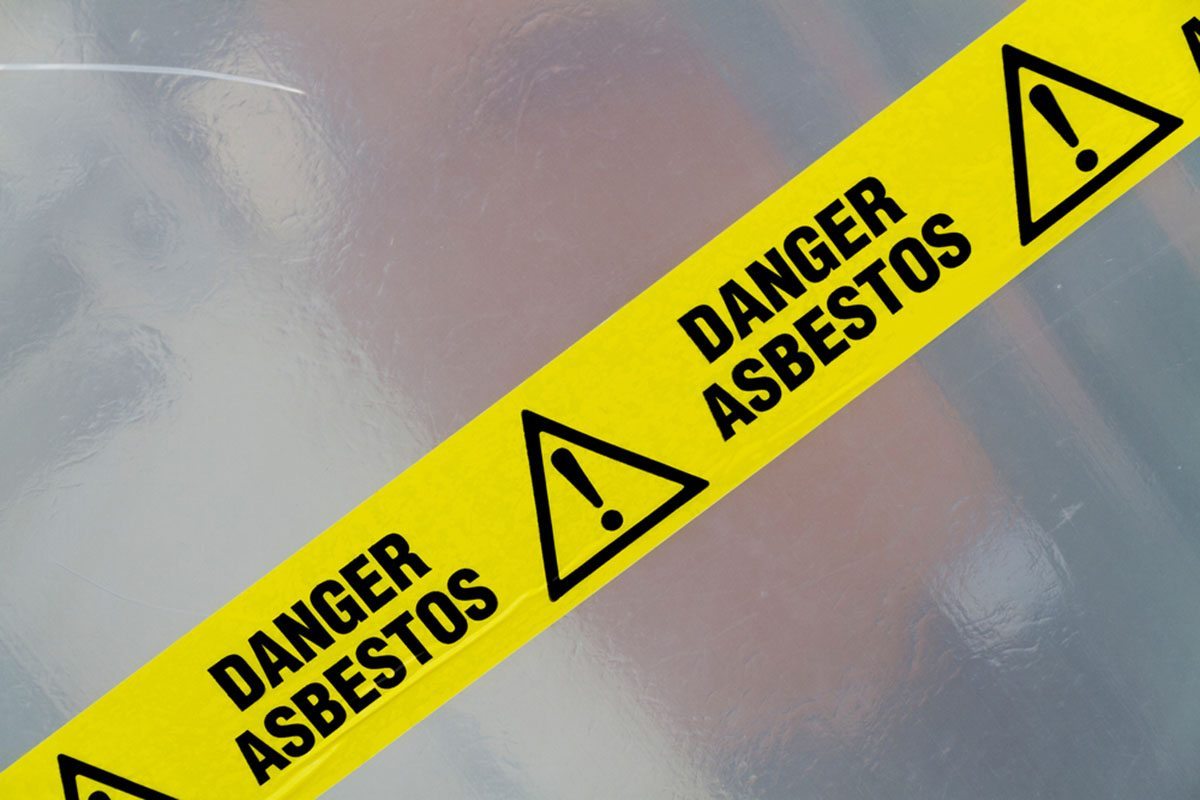Do-It-Yourself Home Renovators Urged to be Cautious Around Mesothelioma-Causing Asbestos

The National Safety Council has designated June National Home Safety Month. The organization offers the safety month as a time “to educate and influence behaviors around leading causes of preventable injuries and deaths.” This year’s theme, “Safety Starts with Me,” is especially pertinent for do-it-yourselfers who are at risk for exposure to asbestos. The U.S. Environmental Protection Agency has said, “Asbestos is a human carcinogen with no safe level of exposure.”
Asbestos is known to cause mesothelioma, lung cancer, asbestosis and other respiratory diseases. Mesothelioma and other asbestos-related diseases are entirely preventable by eliminating unsafe asbestos-handling practices. Although most home products today do not contain asbestos, until the 1970s, many types of building products and insulation materials used in home construction contained asbestos. So it’s not uncommon for older houses to have some asbestos.
Common products include steam pipes and furnace ducts insulated with an asbestos blanket or asbestos paper tape, vinyl asbestos floor tiles, soundproofing or decorative material sprayed on walls or ceilings, and asbestos cement roofing shingles.
When asbestos is present in structures it often does not present a hazard unless it is disturbed, causing the fibers to become airborne. When the fibers are breathed into the lungs, they then become lodged in the thin membrane that lines and encases the lungs, leading to respiratory diseases. As a result, it is important for homeowners to be educated about asbestos and to know where to look for information.
The British Lung Foundation (BLF) offers the following questions to ask yourself to avoid exposure to asbestos before beginning any DIY project:
- What is asbestos?
- Where and when was asbestos used?
- What does asbestos look like?
- What if I find asbestos in my home?
- Where can I get all the facts?
Answers to all of these questions can be found on the BLF website.
http://www.blf.org.uk/Home
In 2011, researchers in Australia reported there is an increase in the number of mesothelioma diagnoses and other asbestos-related diseases among do-it-yourself (DIY) home renovators. However, DIYers can take steps to avoid potentially dangerous exposure.
When planning on making renovations or changes to a house that could cause asbestos fibers to be released into the air, it is essential to have a trained professional either encapsulate or remove the asbestos materials first. Asbestos professionals can conduct home inspections, take samples of suspected asbestos material, and design corrective action plans for homeowners.
Close to 3,000 Americans die from the cancer yearly, and just as many are diagnosed with the disease. Although there is no cure for mesothelioma, it can be treated with varying degrees of success through surgery, chemotherapy and radiation.
To find out more about National Home Safety Month visit the National Safety Council’s website.
Sources:
- National Home Safety Month
http://www.nsc.org/act/events/Pages/national-safety-month.aspx - (2011, researchers in) Australia
https://www.mja.com.au/journal/2011/195/5/increasing-incidence-malignant-mesothelioma-after-exposure-asbestos-during-home
Free Mesothelioma Patient & Treatment Guide
We’d like to offer you our in-depth guide, “A Patient’s Guide to Mesothelioma,” absolutely free of charge.
It contains a wealth of information and resources to help you better understand the condition, choose (and afford) appropriate treatment, and exercise your legal right to compensation.
Download Now